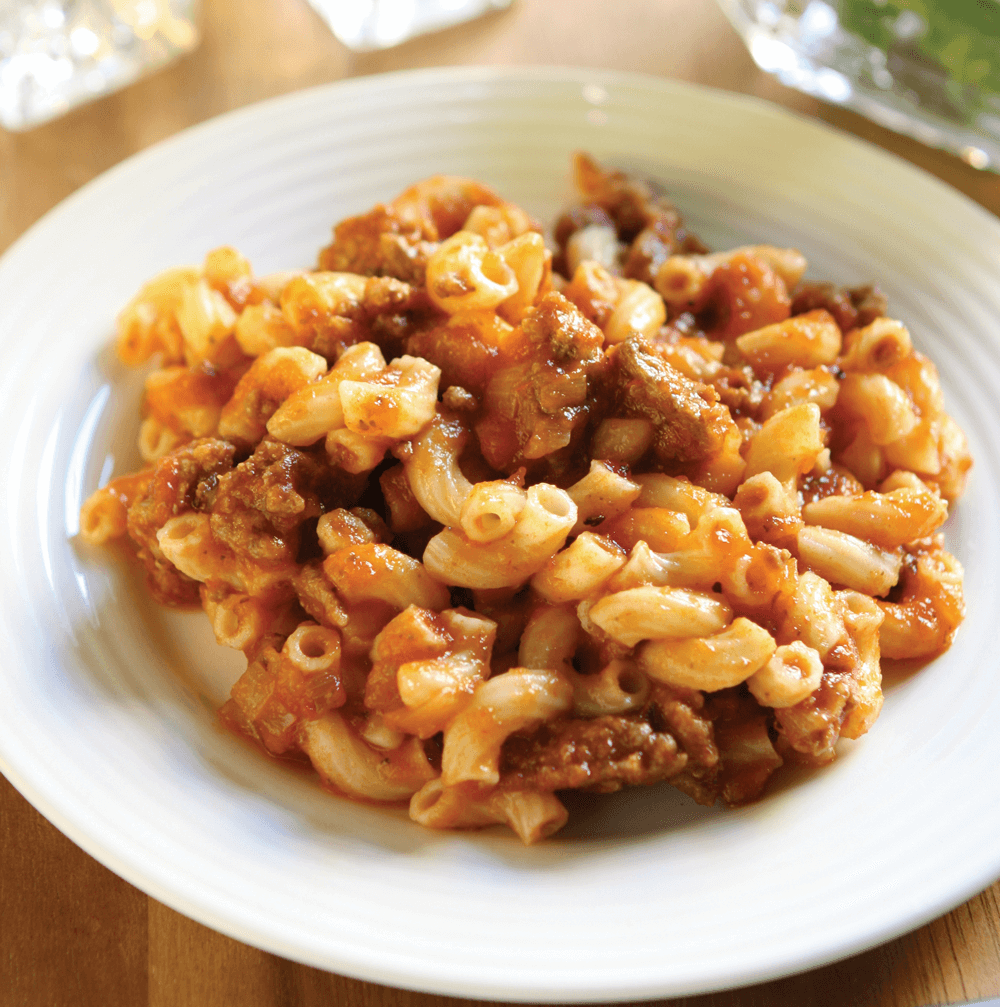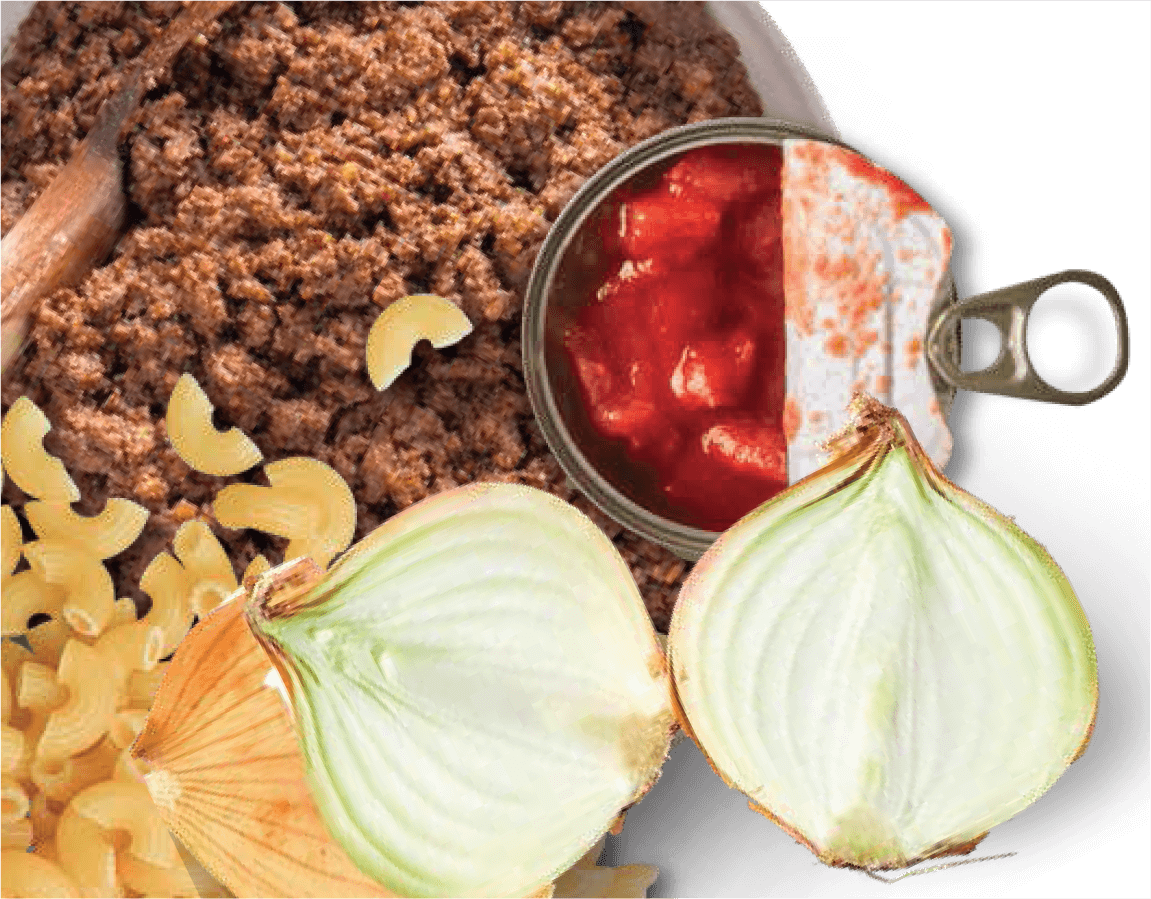Macaroni-tomato-hamburger casserole
- Home
- Ellyn Satter
- Prenatal / Postpartum
- Frequently Asked Questions
- Recipes
- Macaroni-tomato-hamburger casserole

1 lb ground beef
1 large onion
1/2 lb dry macaroni

Your child who eats family food can have this. Give it time to cool and let him eat with his fingers.
© Ellyn Satter
Side-Lying Hold
This hold is useful when:
Cross-Cradle Hold
This hold is useful when:
Clutch or “Football” Hold
This hold is useful when:
Cradle Hold
This hold is useful when:
Laid-Back Hold
This hold is useful when: